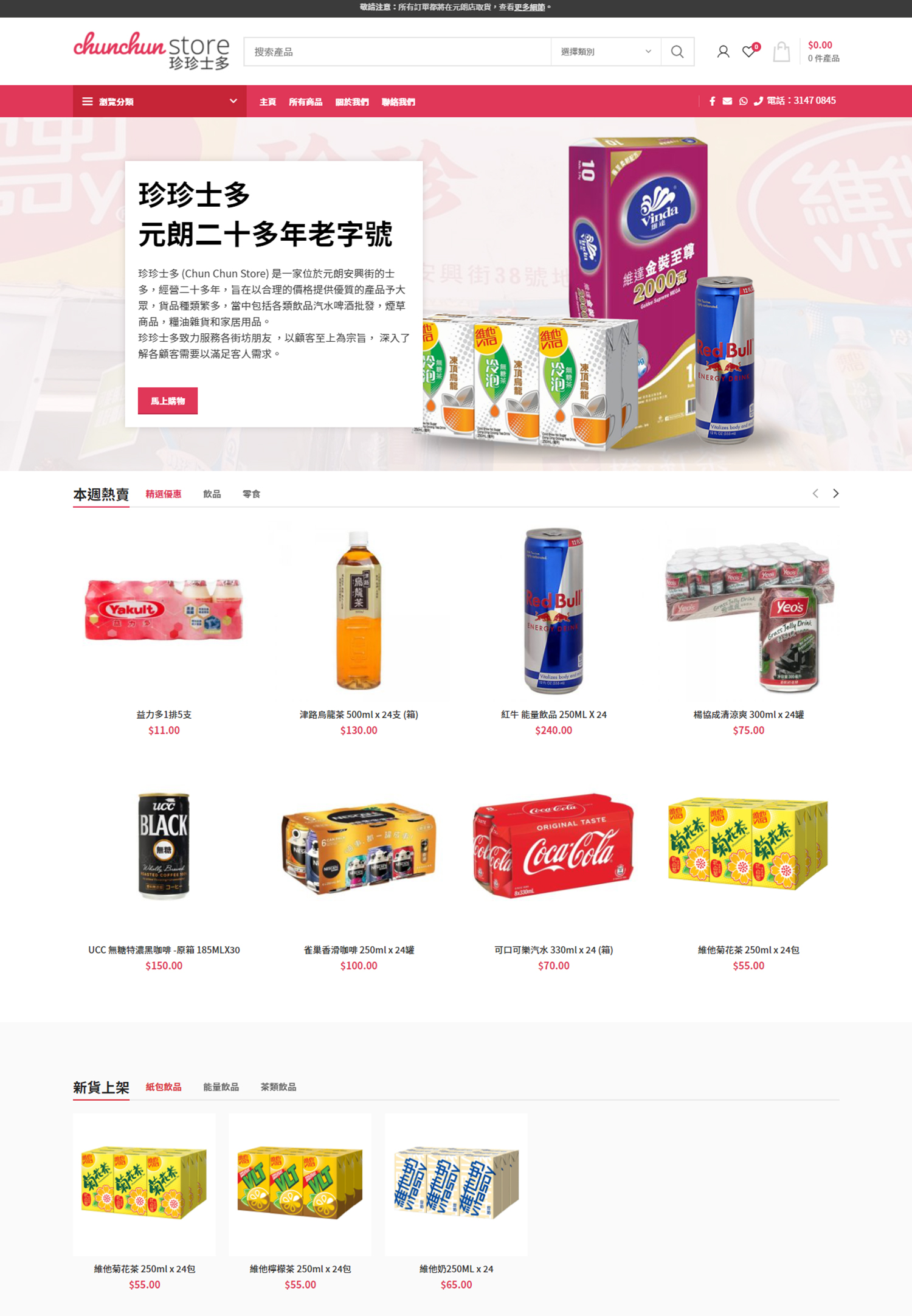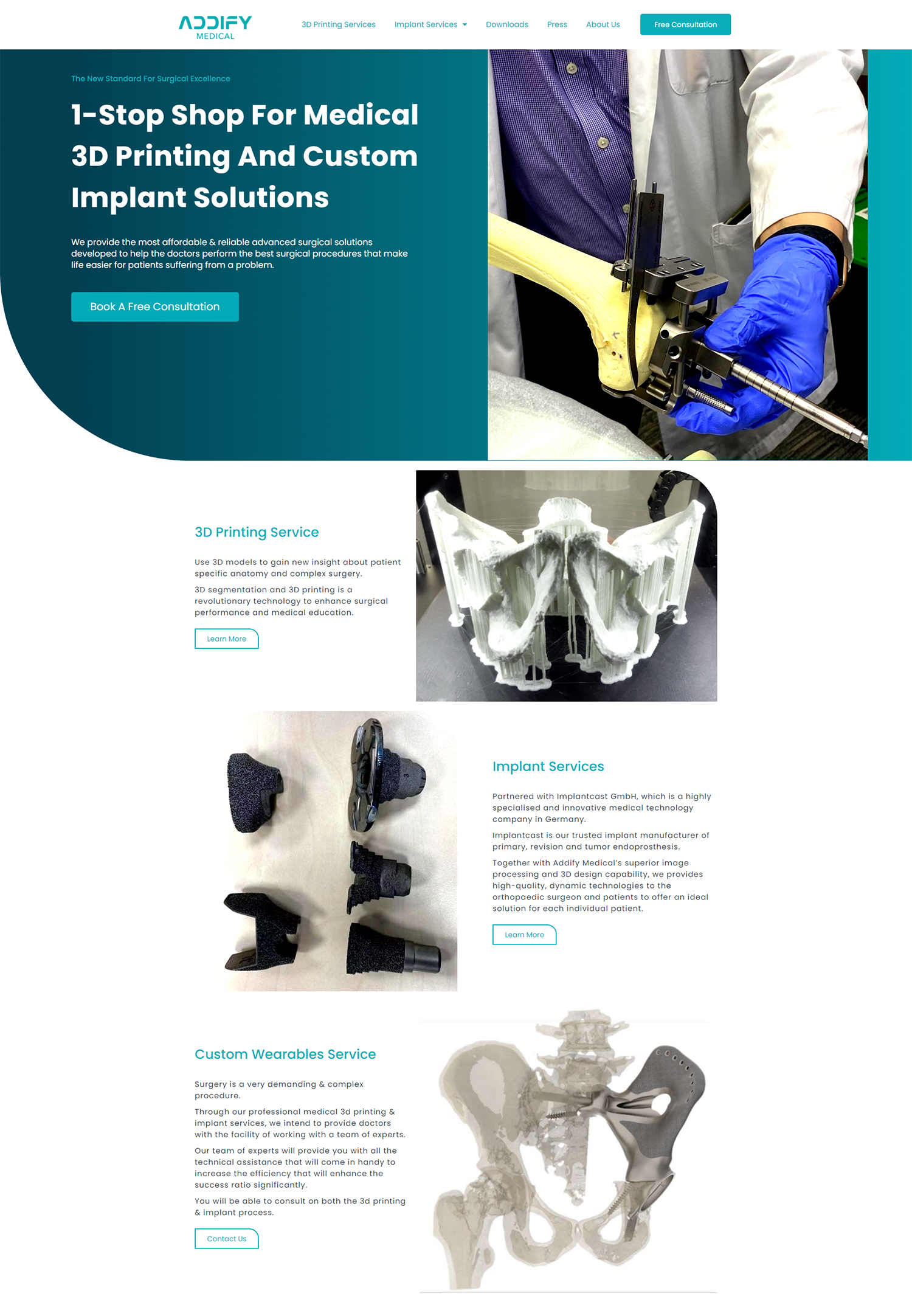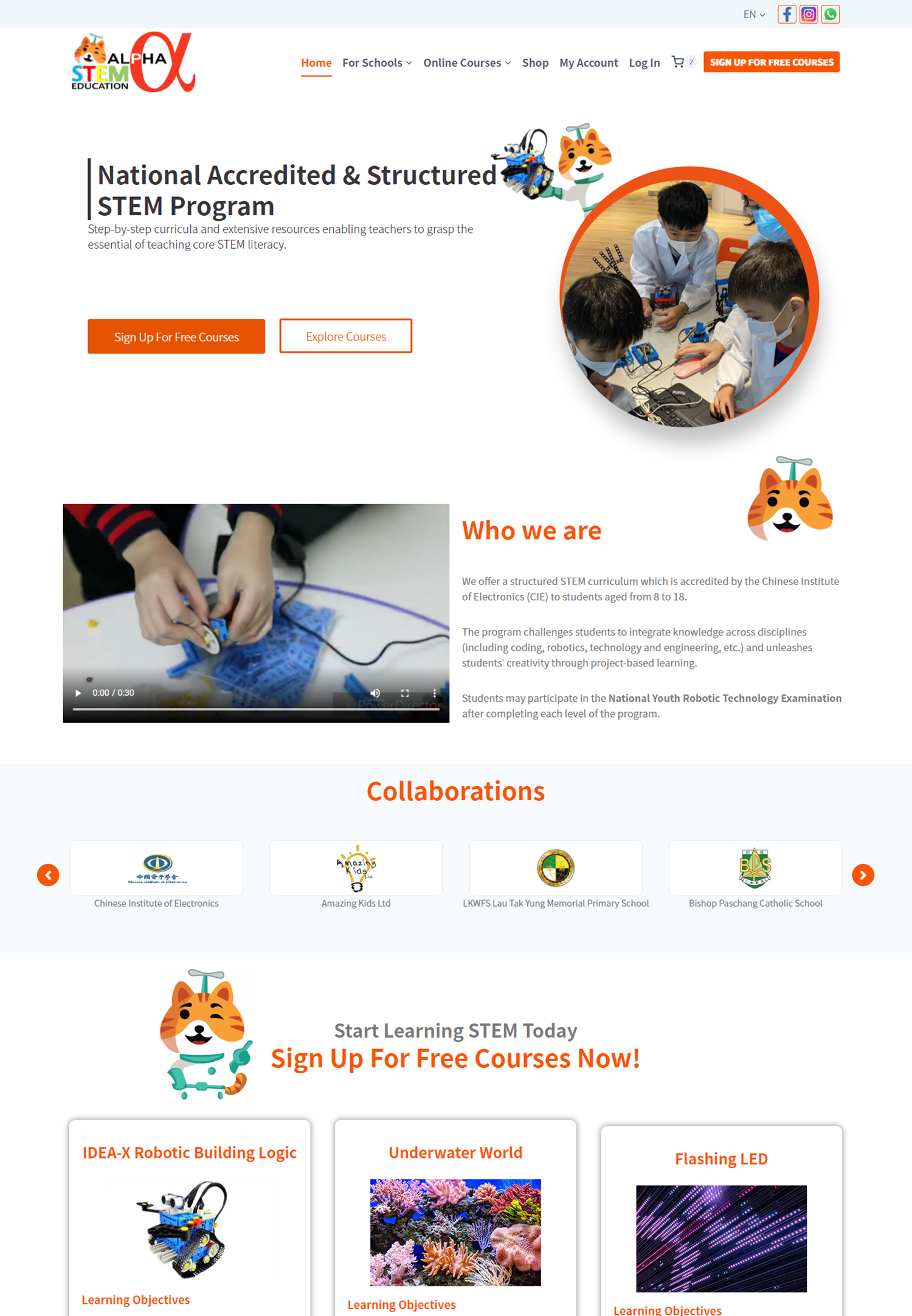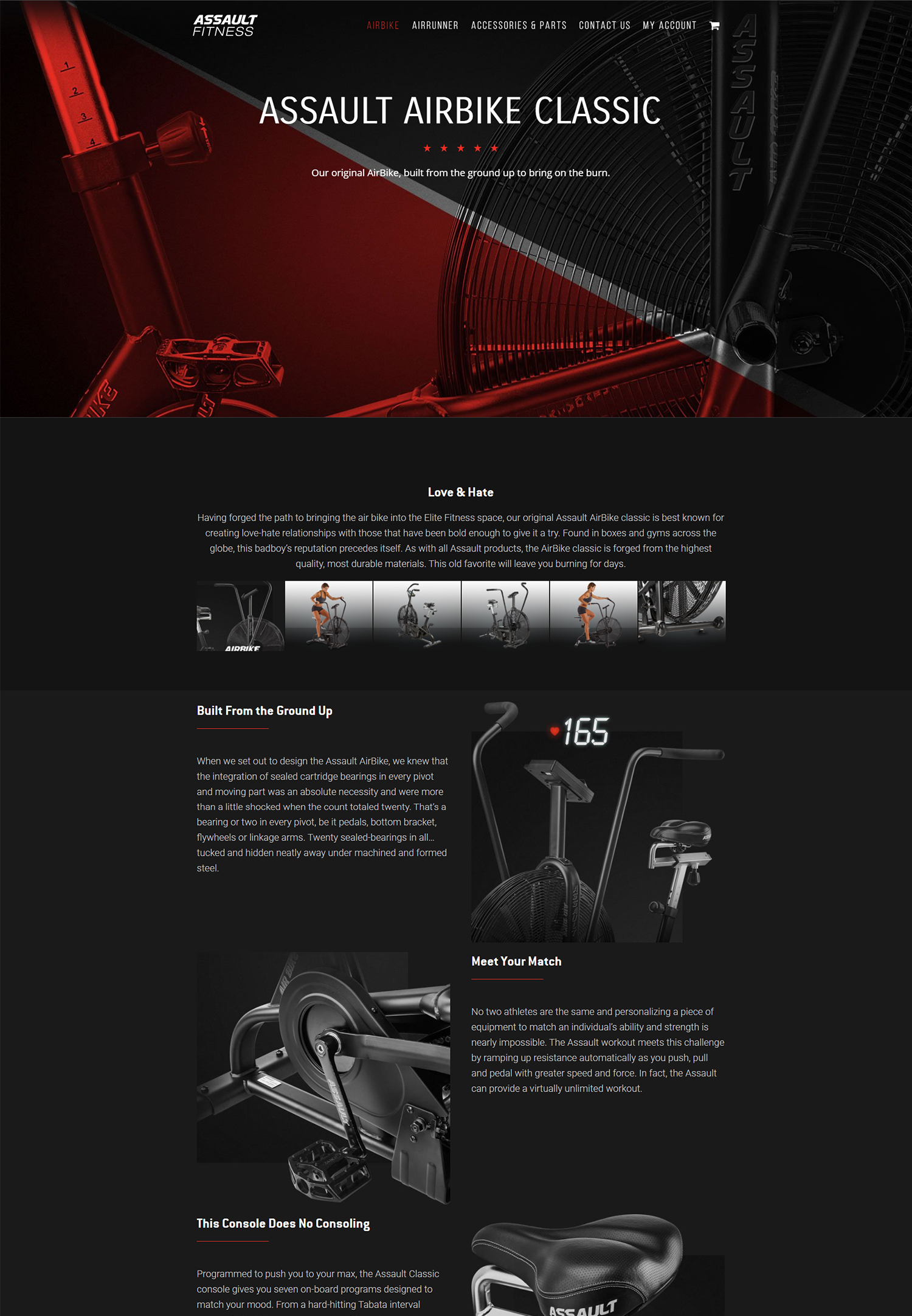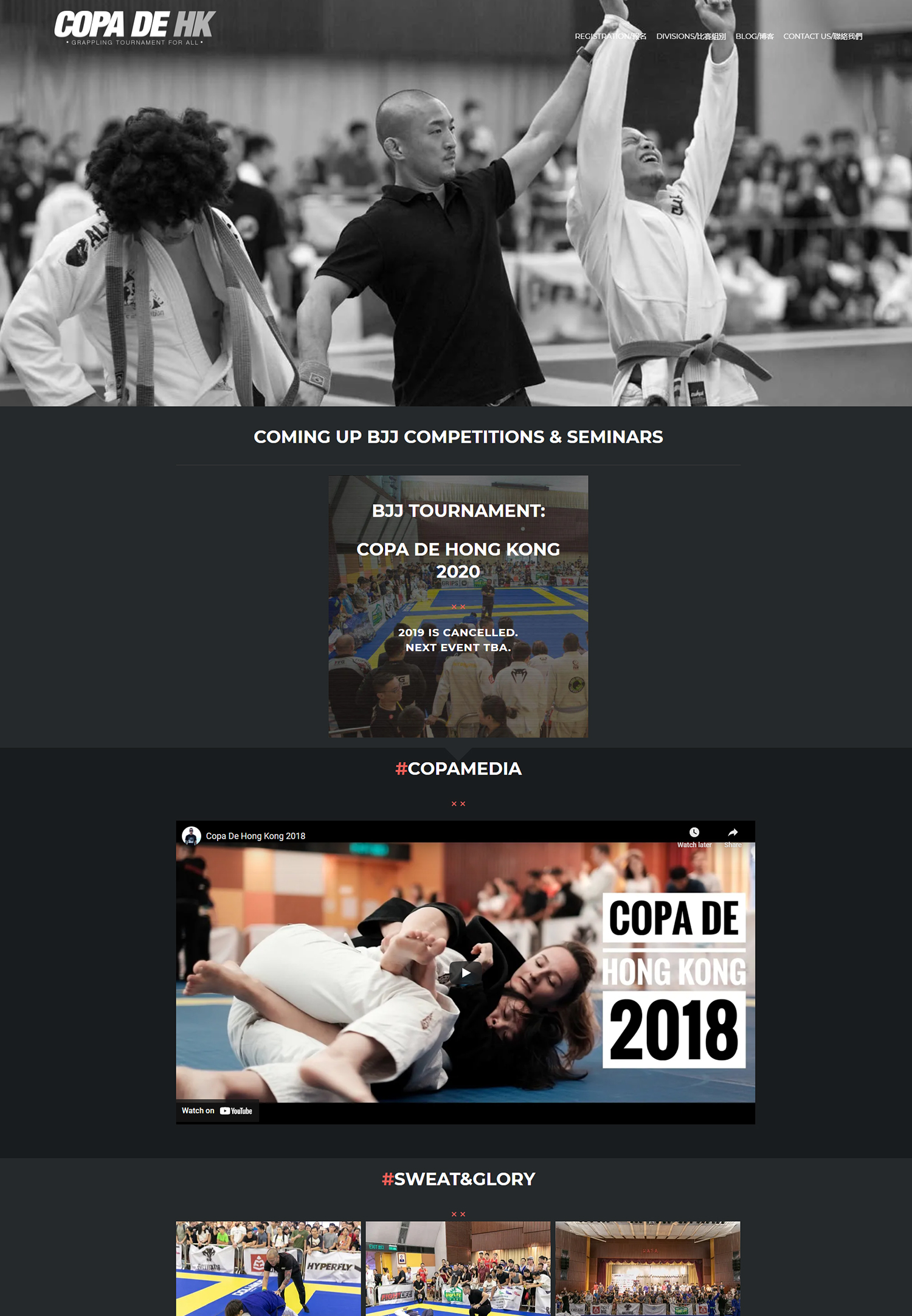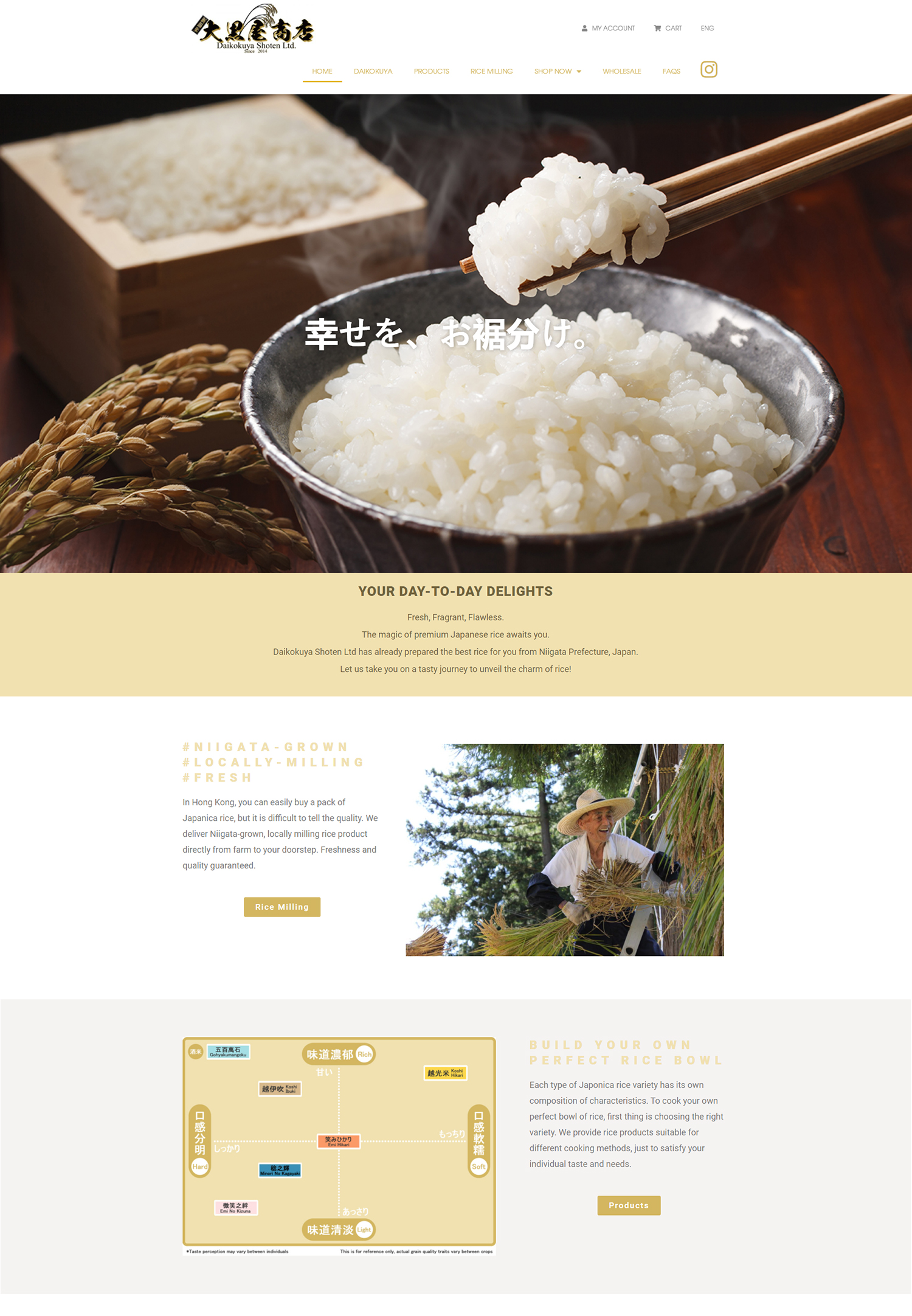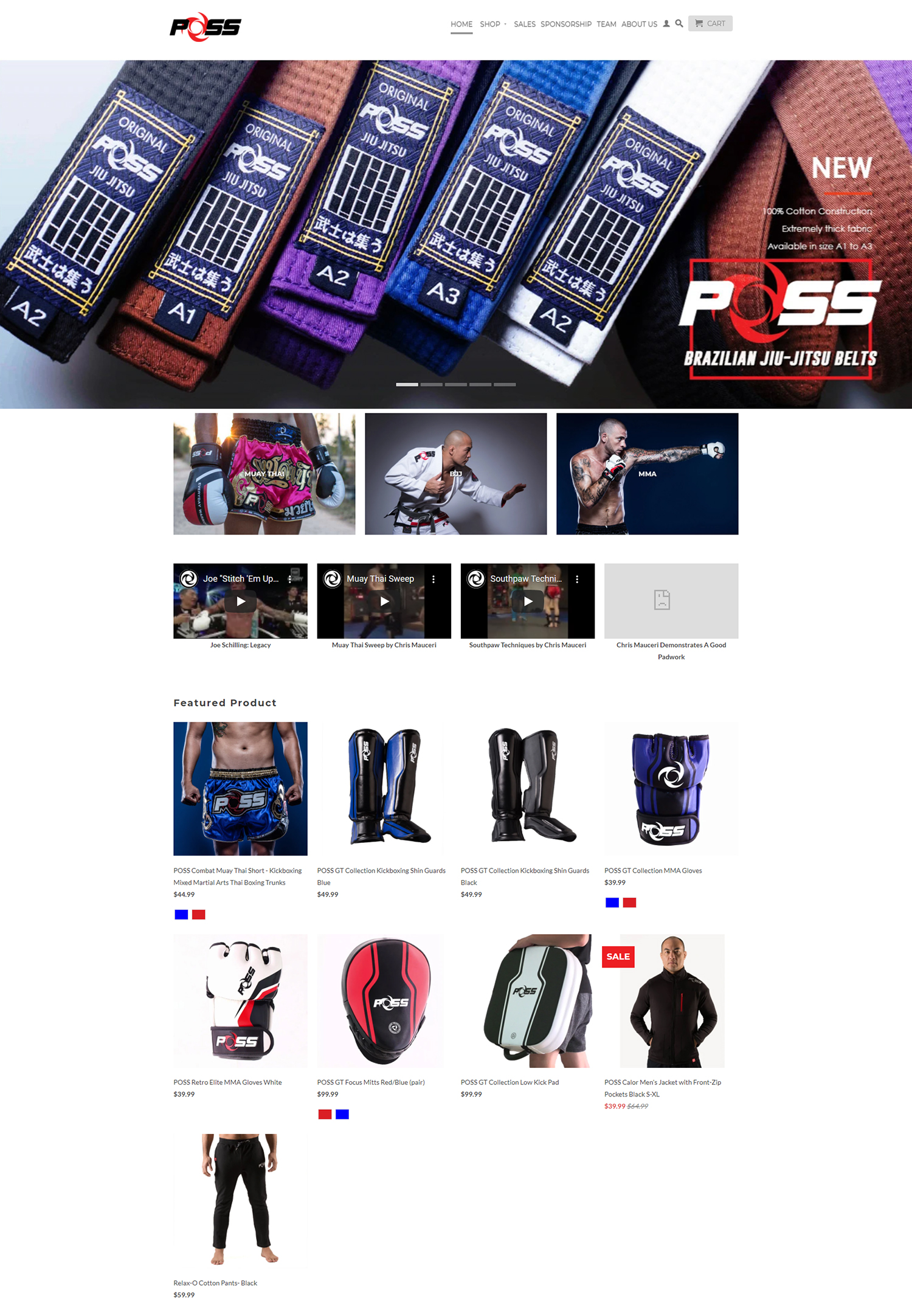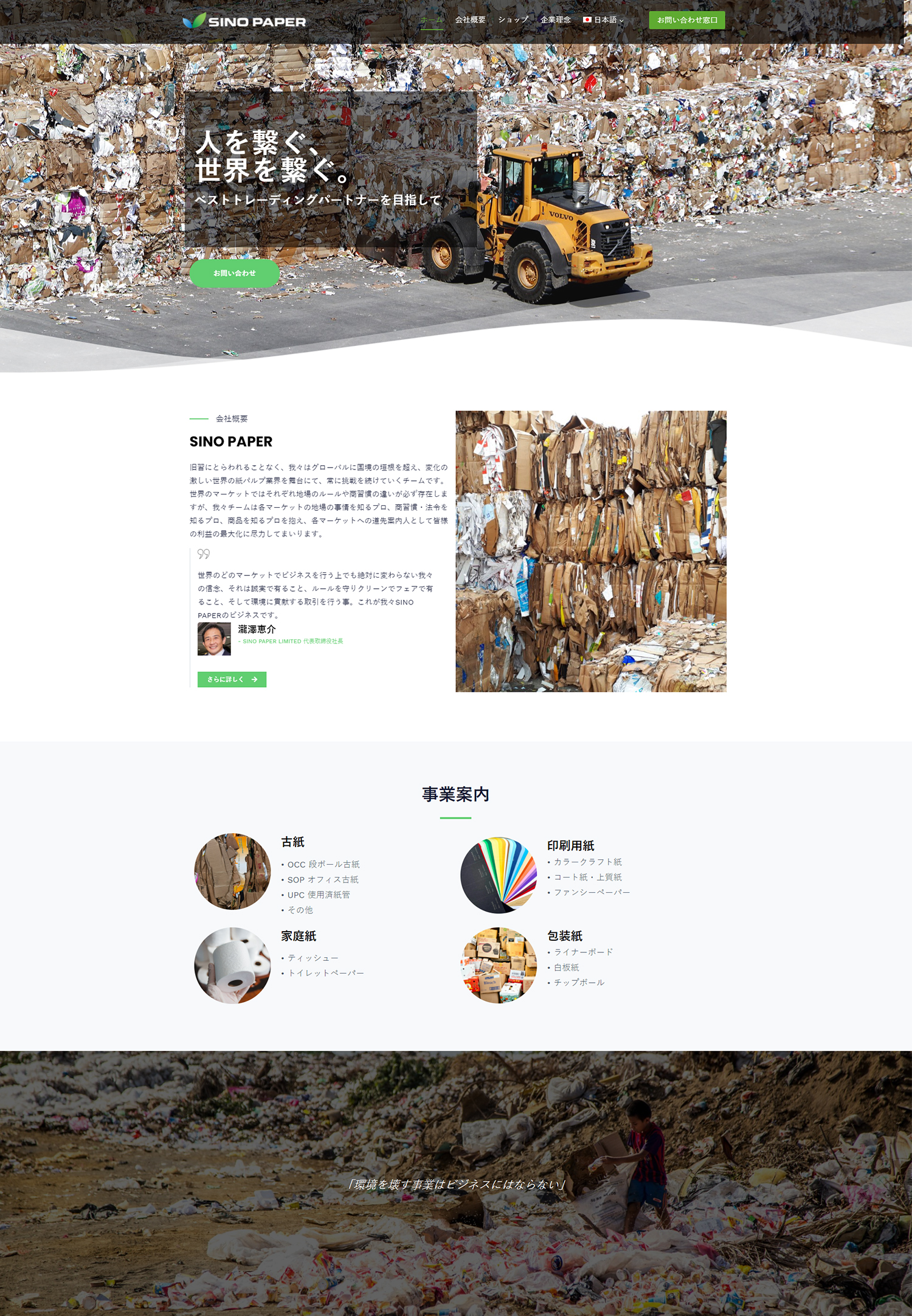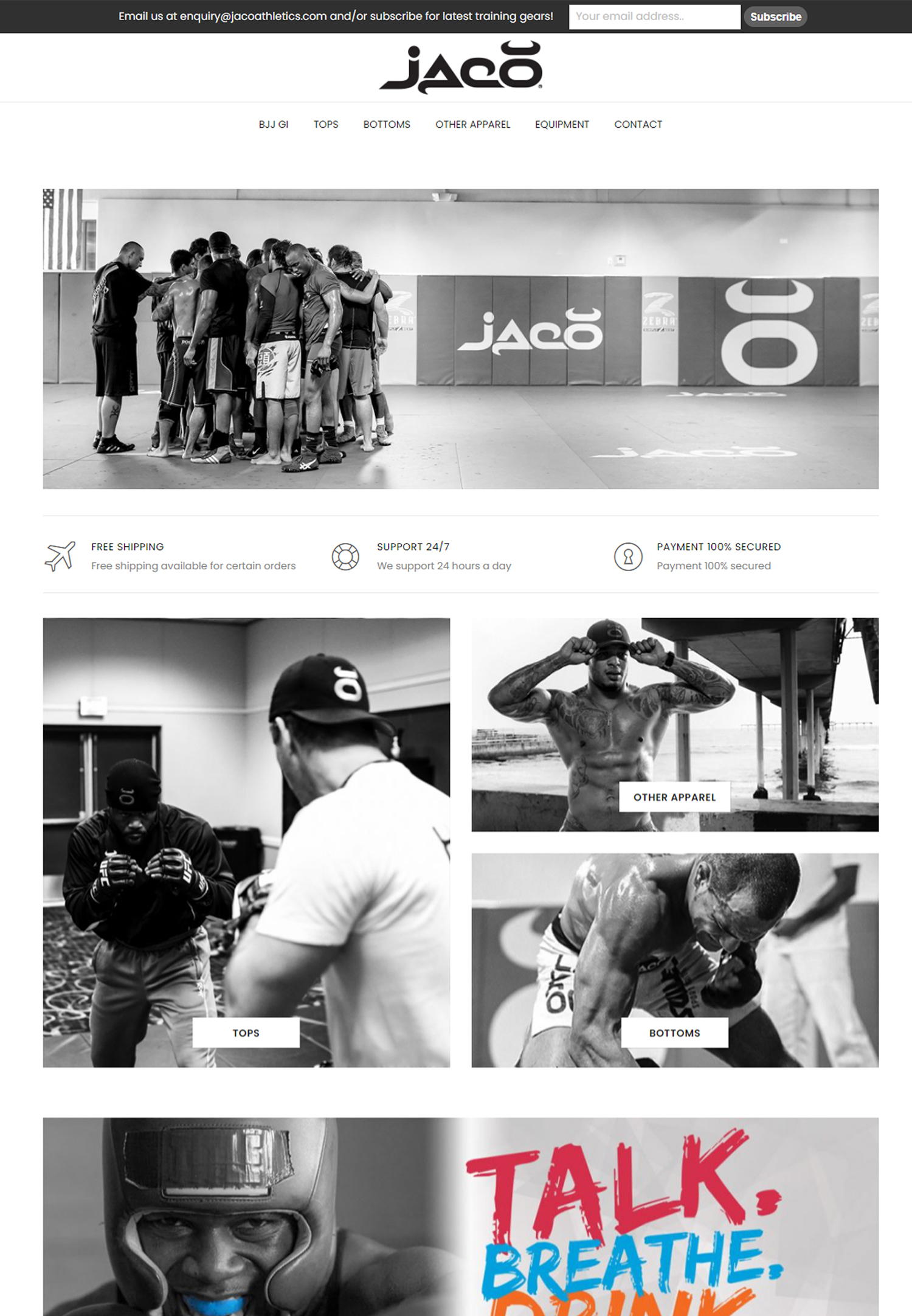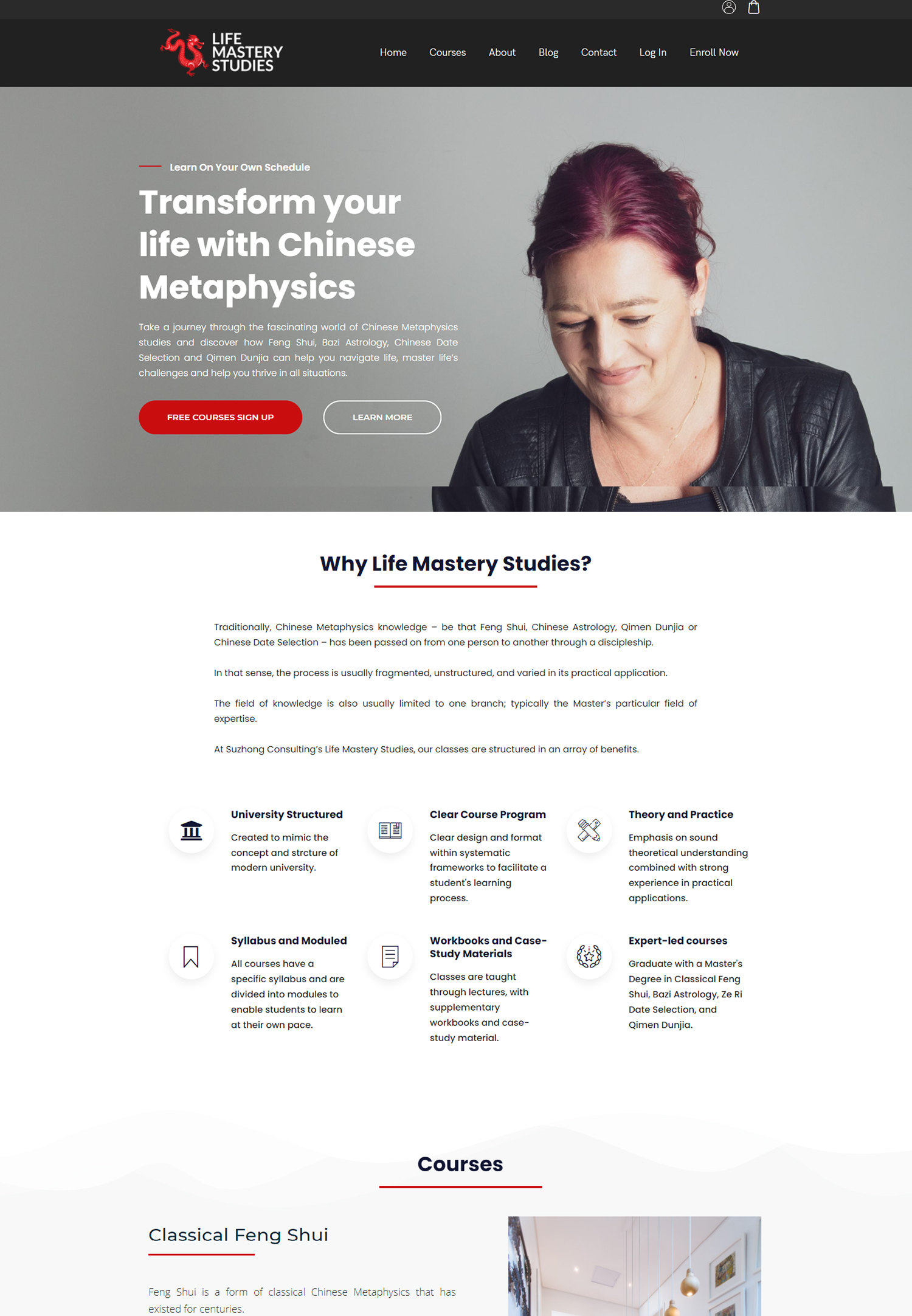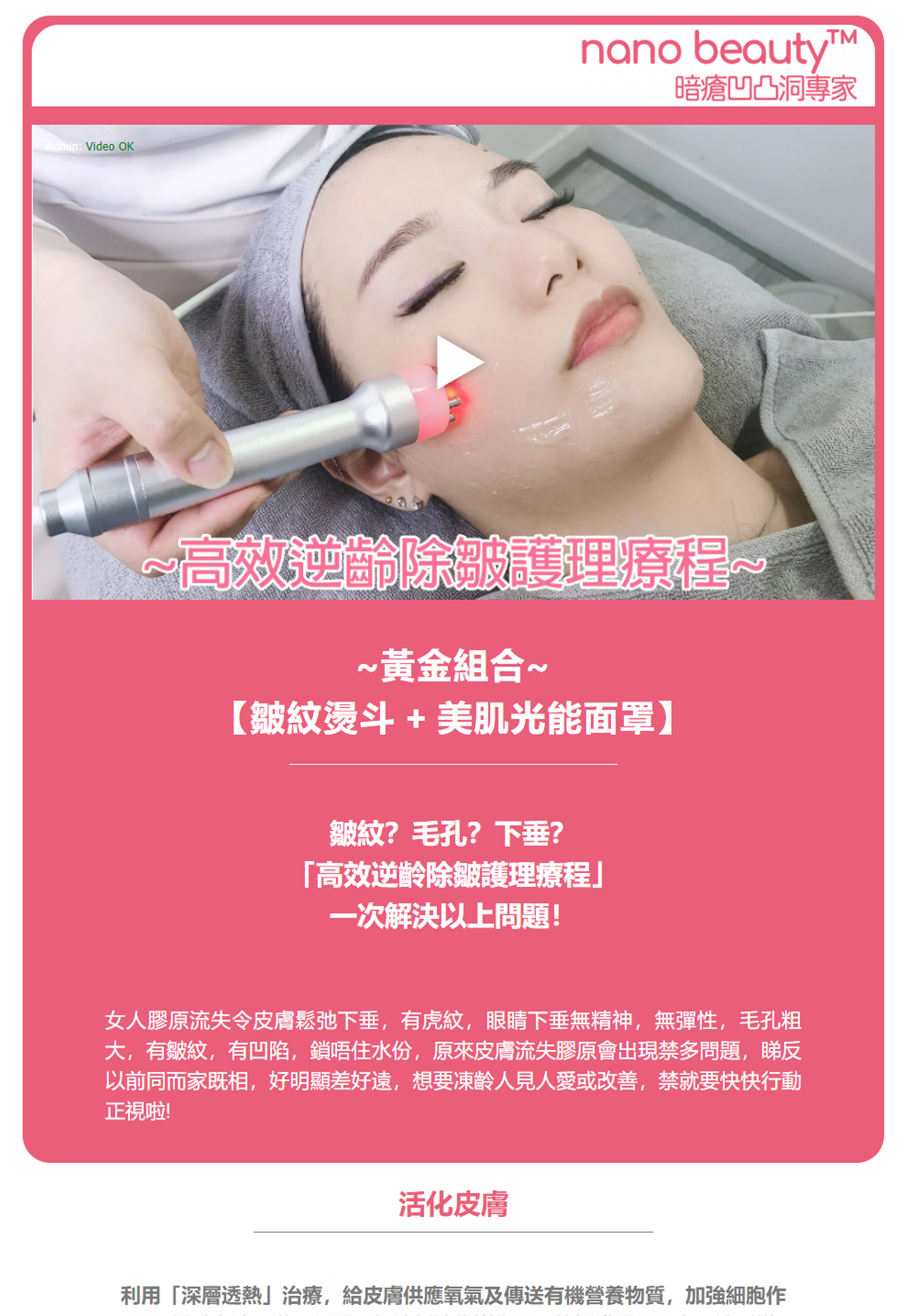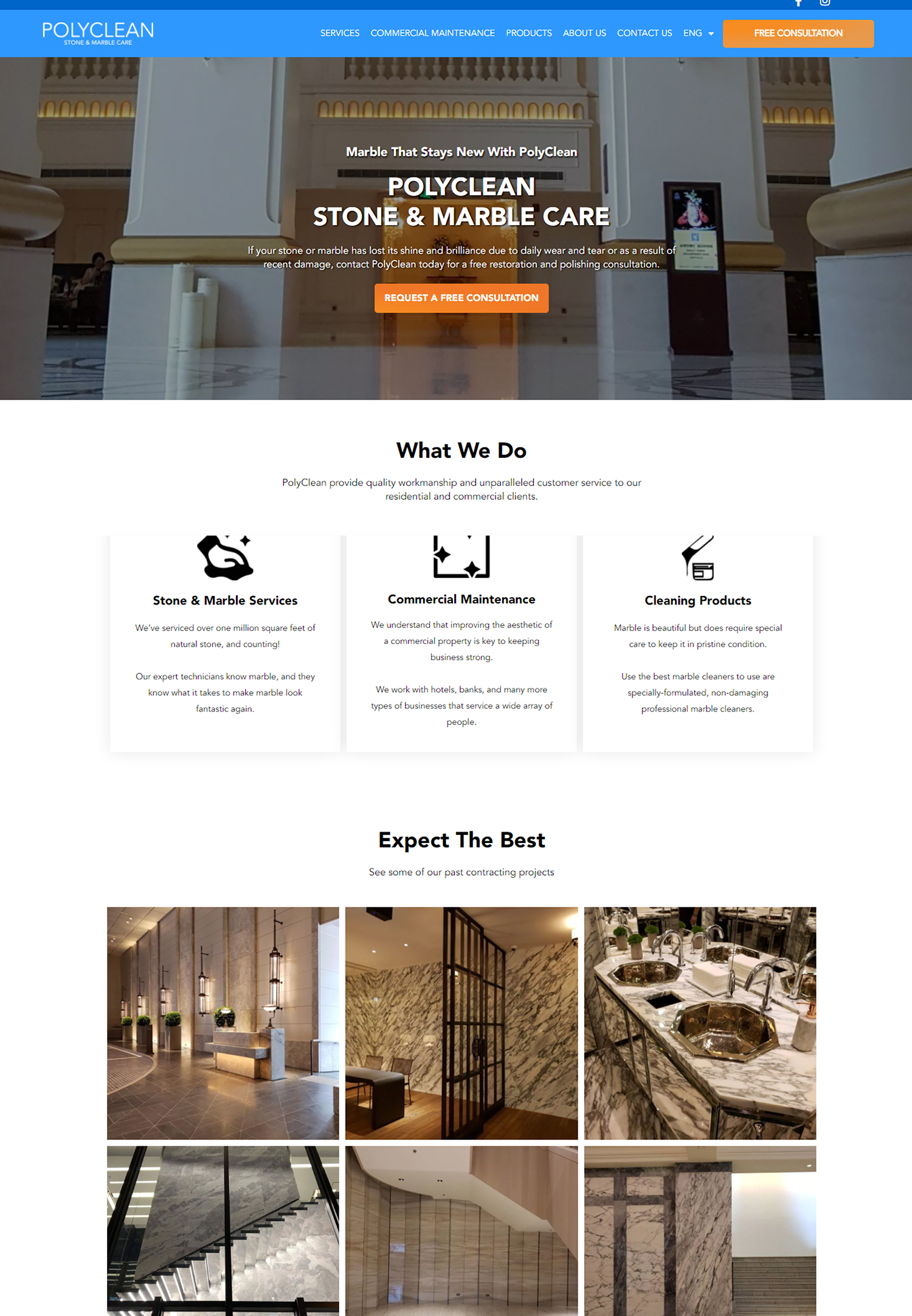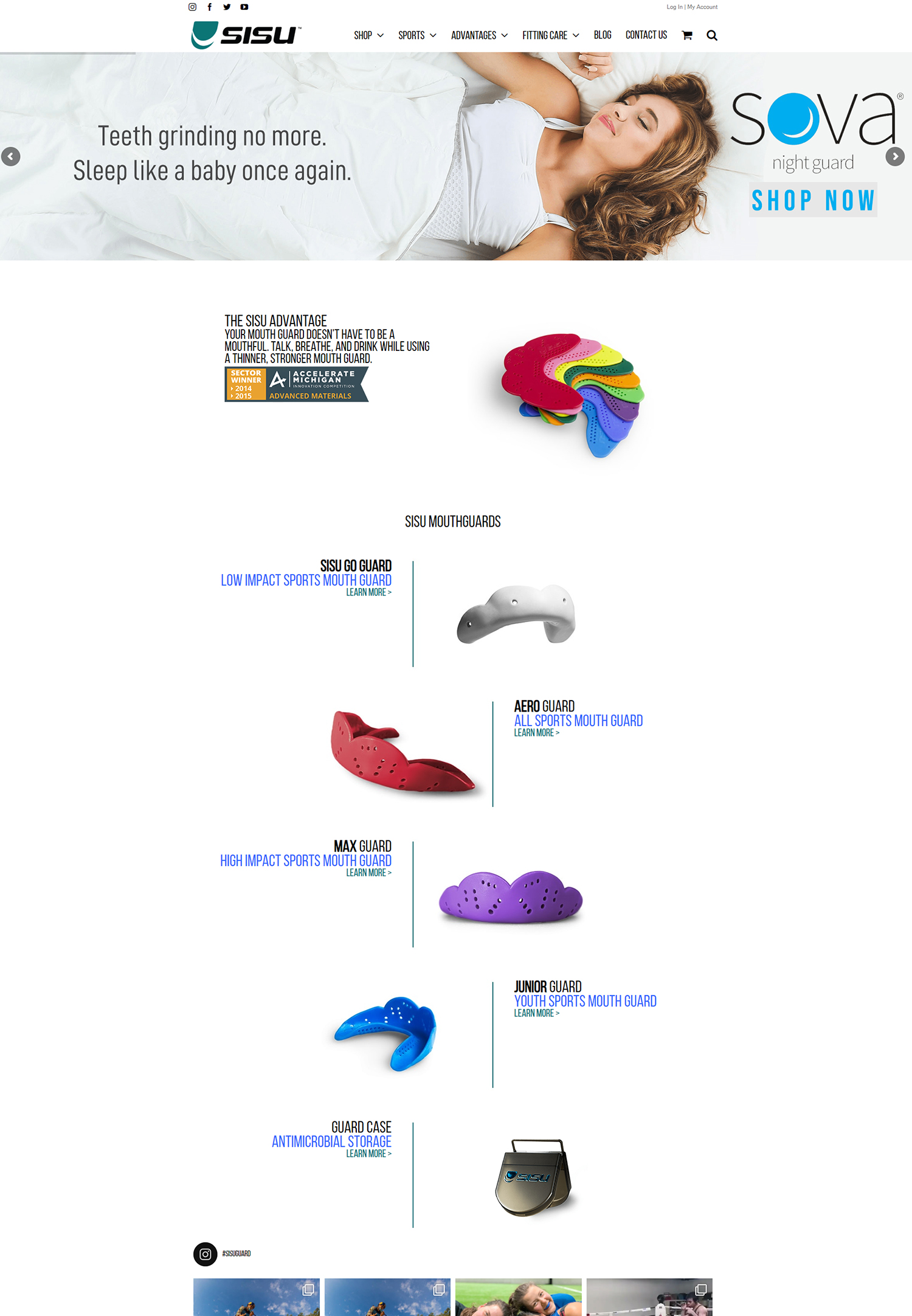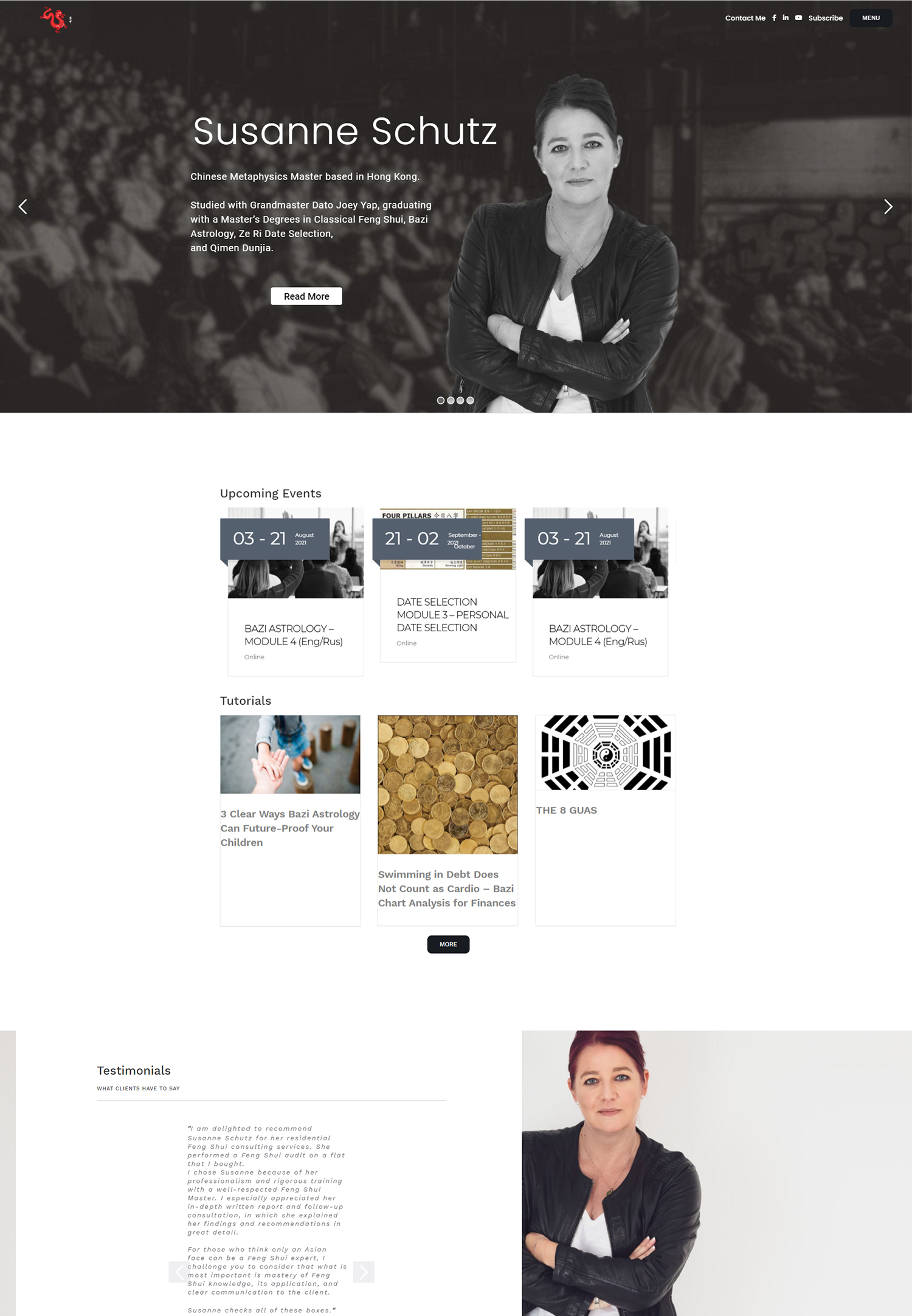In the ever-evolving landscape of digital products and services, we find ourselves constantly striving to enhance user experience. User testing stands as a cornerstone in this endeavor, providing invaluable insights into how real users interact with our offerings. By observing users as they navigate our websites or applications, we can uncover the nuances of their behavior, preferences, and pain points.
This understanding is crucial, as it allows us to tailor our designs and functionalities to better meet their needs, ultimately leading to higher satisfaction and engagement. Moreover, user testing serves as a bridge between our assumptions and the reality of user experience. Often, we may have preconceived notions about what users want or how they will behave.
However, these assumptions can lead us astray if not validated through direct observation. By engaging in user testing, we can challenge our biases and gain a clearer perspective on user expectations. This process not only enhances our products but also fosters a culture of empathy within our teams, reminding us that at the heart of every design decision lies a real person with unique needs and desires.
Key Takeaways
- User testing is crucial for understanding how users interact with a website or product and identifying areas for improvement.
- The process of conducting user testing involves recruiting participants, creating test scenarios, and observing and recording user behavior.
- Analyzing user testing data can provide valuable insights for optimizing conversion rates and improving user experience.
- Common user pain points can be identified through user testing, such as confusing navigation or unclear calls to action.
- Implementing changes based on user testing feedback can lead to improved user satisfaction and increased conversion rates.
The process of conducting user testing
Conducting user testing is a systematic process that requires careful planning and execution. Initially, we must define our objectives clearly. What specific aspects of the user experience are we aiming to evaluate?
Are we focusing on usability, functionality, or overall satisfaction? By establishing clear goals, we can design our testing sessions to gather relevant data that aligns with our objectives. Once we have our goals in place, we move on to selecting the right participants.
It’s essential to choose individuals who represent our target audience accurately. This ensures that the feedback we receive is relevant and actionable. We often employ various recruitment methods, such as surveys or social media outreach, to find suitable candidates.
After assembling our group of testers, we prepare the testing environment, ensuring that it is conducive to honest feedback. This may involve creating specific tasks for users to complete while observing their interactions and reactions closely.
Analyzing user testing data for conversion optimization
After conducting user testing, we are left with a wealth of data that requires thorough analysis. This stage is critical as it transforms raw observations into actionable insights. We begin by categorizing the feedback into themes or patterns that emerge from the data.
For instance, if multiple users struggle with a particular feature or express confusion about navigation, these insights highlight areas that need immediate attention. In addition to qualitative feedback, we also analyze quantitative data collected during the sessions. Metrics such as task completion rates and time on task provide a clearer picture of user performance.
By combining qualitative insights with quantitative metrics, we can develop a comprehensive understanding of user behavior. This dual approach allows us to identify not only what users are struggling with but also how these struggles impact their overall experience and conversion rates.
Identifying common user pain points through testing
One of the most significant advantages of user testing is its ability to reveal common pain points experienced by users. As we observe participants interacting with our product, we often notice recurring issues that hinder their experience. These pain points can range from minor frustrations, such as unclear instructions, to major obstacles that prevent users from completing desired actions.
By documenting these pain points systematically, we can prioritize them based on their frequency and severity. For example, if several users express difficulty in finding a specific feature, it becomes evident that this area requires immediate improvement. Addressing these common issues not only enhances user satisfaction but also plays a crucial role in optimizing conversion rates.
When users encounter fewer obstacles during their journey, they are more likely to complete desired actions, whether that be making a purchase or signing up for a newsletter.
Implementing changes based on user testing feedback
Once we have identified the key pain points through user testing, the next step is implementing changes based on the feedback received. This phase requires collaboration among various teams, including design, development, and marketing. We must ensure that everyone involved understands the insights gathered from user testing and is aligned on the necessary changes.
As we begin to make adjustments, it’s essential to prioritize changes that will have the most significant impact on user experience and conversion rates. For instance, if users struggled with a complicated checkout process, streamlining this process should be a top priority. We often create prototypes or wireframes to visualize proposed changes before full implementation.
This iterative approach allows us to test new designs with users again, ensuring that the modifications effectively address their concerns.
Measuring the impact of user testing on conversion rates
After implementing changes based on user testing feedback, we must measure the impact of these modifications on conversion rates. This evaluation is crucial for understanding whether our efforts have yielded positive results. We typically establish key performance indicators (KPIs) before making changes so that we have clear metrics to assess success.
By comparing conversion rates before and after implementing changes, we can gauge the effectiveness of our adjustments. Additionally, we may conduct follow-up user testing sessions to gather feedback on the new design or features. This ongoing evaluation helps us refine our approach further and ensures that we remain responsive to user needs over time.
Best practices for incorporating user testing into conversion optimization strategies
To maximize the benefits of user testing in our conversion optimization strategies, we must adhere to several best practices. First and foremost, regular testing should be integrated into our development cycle rather than treated as a one-time event. By continuously gathering feedback throughout the design process, we can make incremental improvements that lead to more significant enhancements over time.
Another best practice involves diversifying our testing methods. While moderated usability tests provide valuable insights, incorporating other techniques such as A/B testing or remote unmoderated tests can offer additional perspectives on user behavior. This variety allows us to capture a broader range of feedback and understand how different elements impact conversion rates.
Lastly, fostering a culture of collaboration and open communication within our teams is essential. When everyone understands the importance of user testing and feels empowered to contribute their insights, we create an environment where continuous improvement thrives.
The future of user testing in conversion optimization
As technology continues to advance at an unprecedented pace, the future of user testing in conversion optimization looks promising yet challenging. Emerging technologies such as artificial intelligence and machine learning are beginning to play a role in how we conduct user testing and analyze data. These tools can help us identify patterns more efficiently and predict user behavior based on historical data.
Moreover, as remote work becomes more prevalent, remote user testing is likely to gain traction. This approach allows us to reach a more diverse audience and gather feedback from users in various geographical locations without the constraints of physical presence. However, it also presents challenges in ensuring that participants remain engaged and focused during remote sessions.
In conclusion, as we navigate this evolving landscape, it is crucial for us to remain adaptable and open-minded about new methodologies in user testing. By embracing innovation while staying grounded in fundamental principles of empathy and understanding user needs, we can continue to optimize conversion rates effectively and create exceptional experiences for our users.






